
Theory is great but what should companies actually do? Here is a list of open innovation and innovation content projects to do – making your open innovation mix.
Innovation projects
Strategy
Write down the innovation strategy including customer, partner, and internal feedback.
Suggested frequency: two per year.
Opportunities
Publish innovation opportunities to customers, partners, and internally. These can be simple online pages, documents, presentations.
Suggested frequency: few per year.
Innovation partners
Make a presentation about your skills or ideas and talk to companies and individuals who you think might be interested in working with you on them.
Suggested frequency: one per month.
Training
Remind your customers, partners, and internal teams how innovative your company is, how you innovate, what your plans us, how they can innovate with your company.
Suggested frequency: every quarter.
Innovation content projects
Innovation posts
Publish quick and easy explanations of your innovations, products, and projects on your innovation channel.
Suggested frequency: few per week.
Short videos
Publish 10 – 60 sec videos which explain your innovations on all major social media.
Suggested frequency: one per week.
Long videos
These videos explain your main innovations, products, and projects. They are used for years ahead.
Suggested frequency: one every two months.
Renders and infographics
These are images which visually explain your innovations, products, and projects. They are used for years ahead.
Suggested frequency: one per month.
Landing pages
Make dedicated landing pages which explain your innovation and call customers and partners to participate in it.
Suggested frequency: you should have at least one innovation landing page.
Small campaigns
Small campaigns include articles, newsletter, digital advertising, and social media, and are great way to communicate more important innovation information.
Suggested frequency: one per week.
Big campaigns
Big campaigns include press, events, interviews, and all other digital and non-digital channels. They are used for product launches and similar big events.
Suggested frequency: two per year.
Open events
Open events can be digital or non-digital. They are an opportunity to answer questions from the public and are important in building an open rapport with customers and partners. They can also be internal.
Suggested frequency: one per month.
We provide openinnovation.me features and services to help you upgrade your open innovation mix. Contact Andrea at andrea@openinnovation.me for more information.





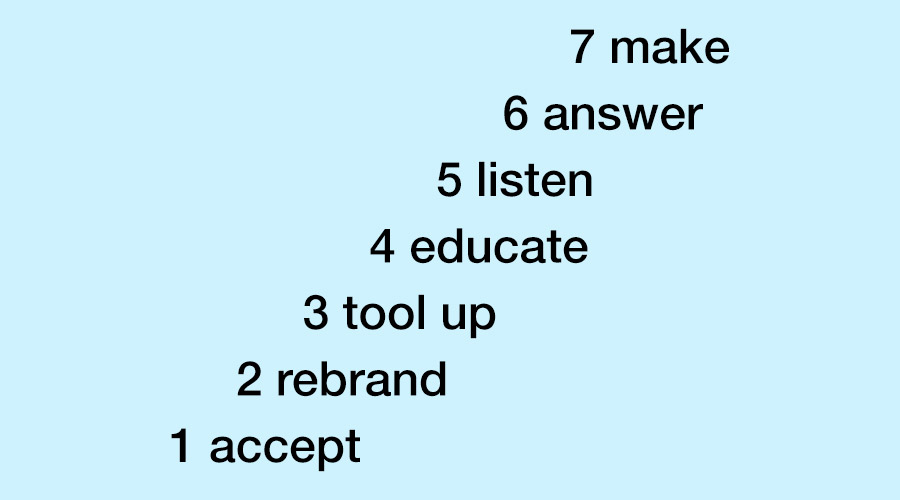







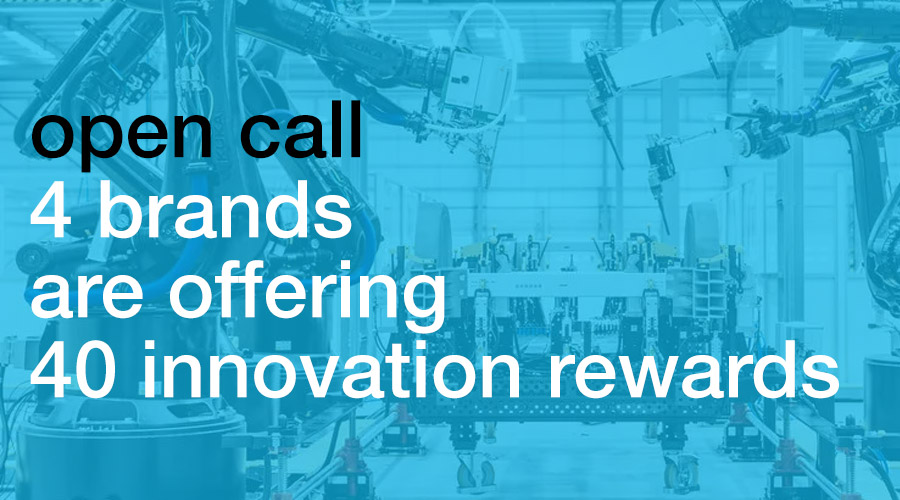
































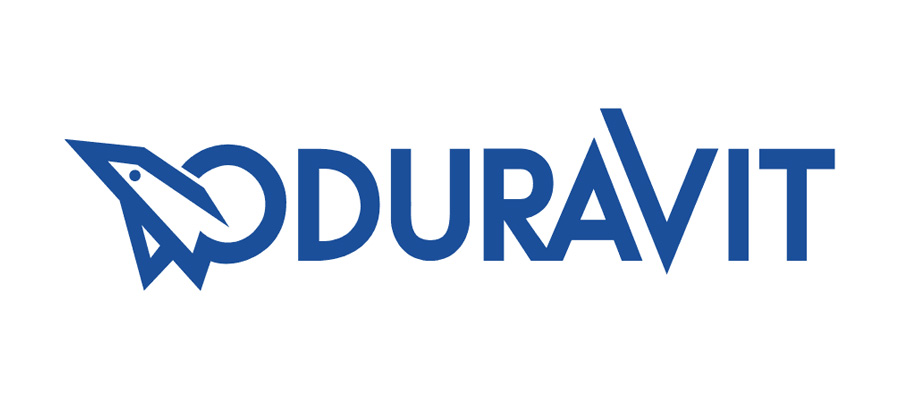



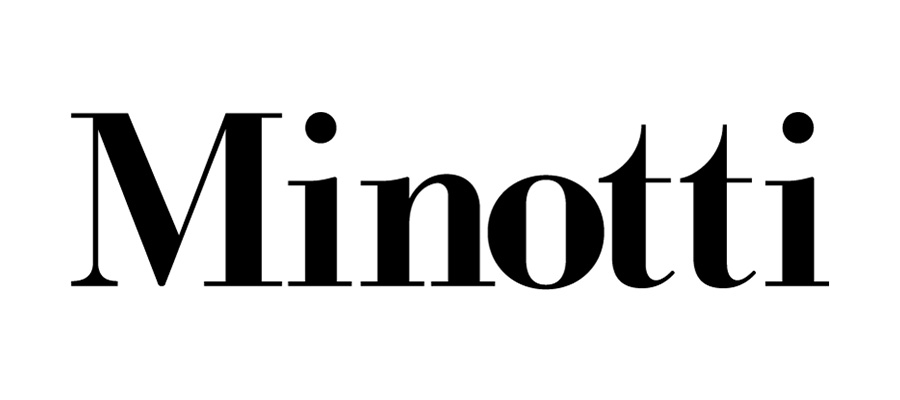




















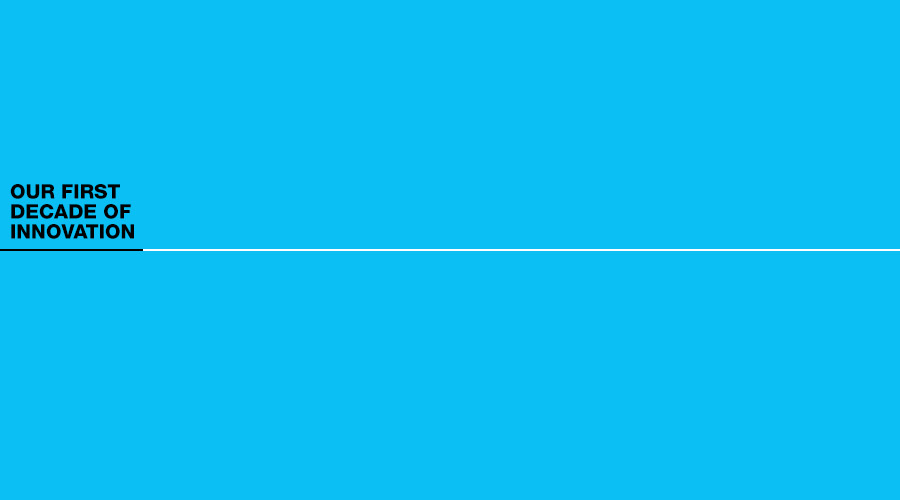












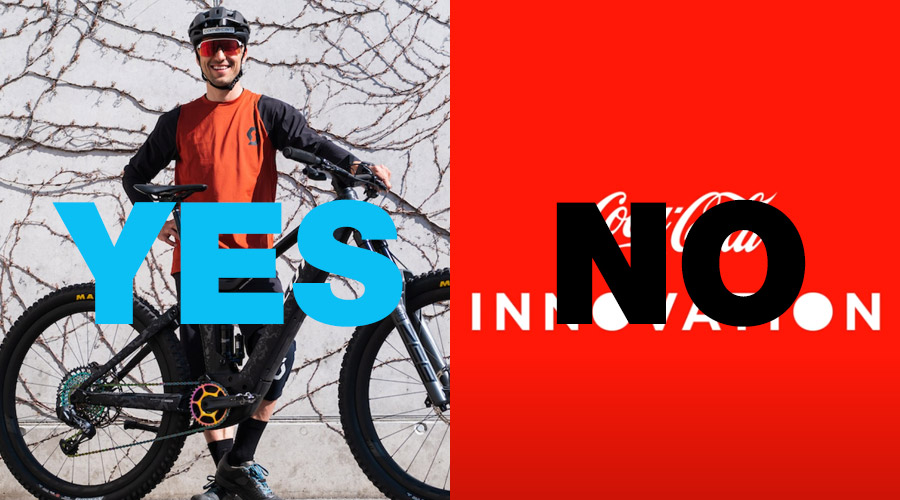
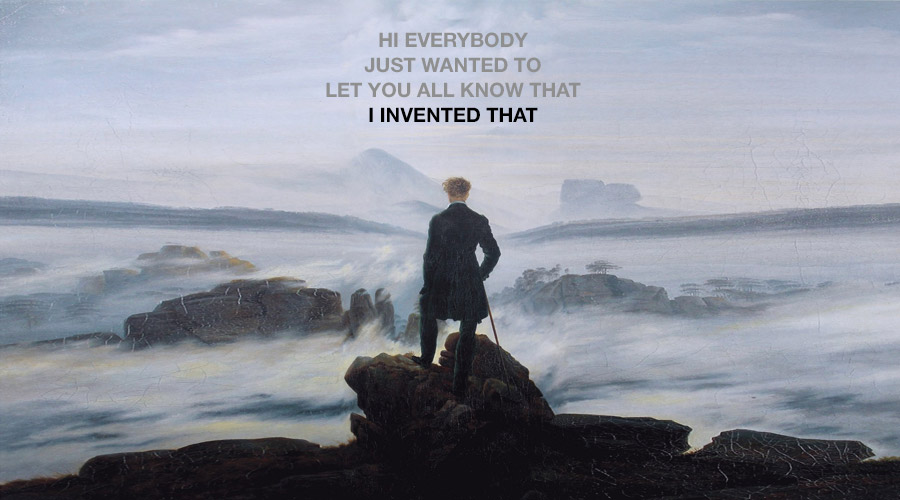


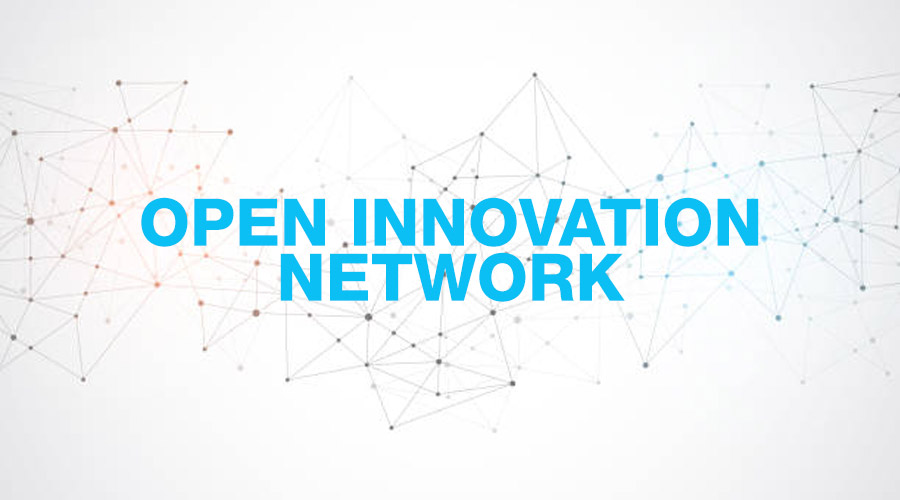




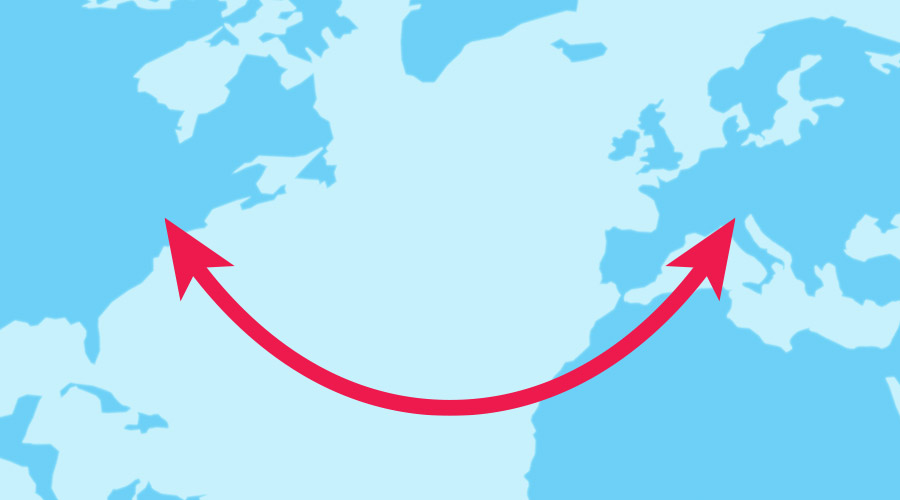














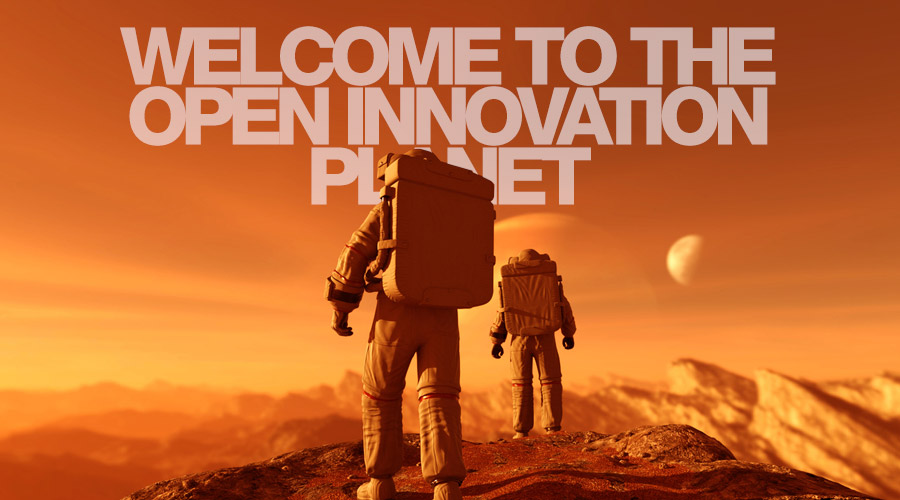





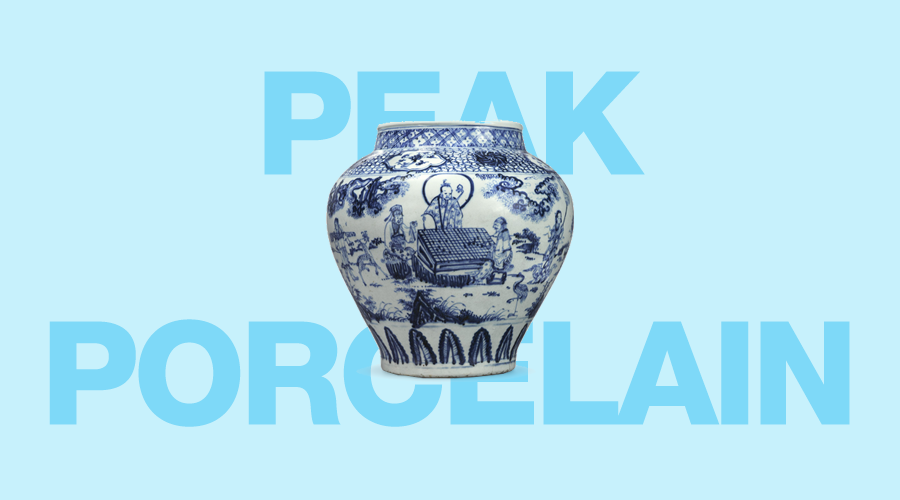




Cybertruck & Cyberpunk 2077
Cybertruck looks different. Cyberpunk 2077 is buggy. Both of these products received a lot of negative comments upon launch. In spite of this, Cybertruck was selling more than 5,000 per day well after the launch, and CD Project Red started profiting within 24 hours of the launch.
The lesson learned is that hate is the same type of emotion as love – it is a form of obsession. Innovation causes strong emotions – both negative and positive which must go together. What innovation does not create is indifference and boredom. If customers are indifferent or bored, then innovation is not working.
When choosing how to innovate, taking a risk to be more extreme is worth it, and negative reactions should also be understood as a component of success. Failure is lack of any emotion.